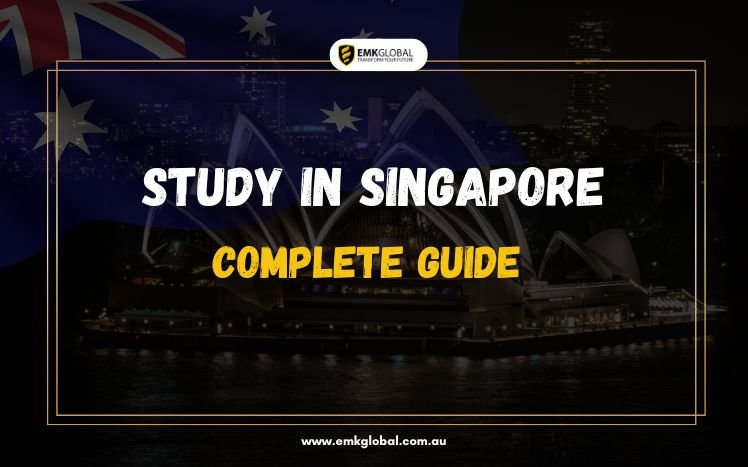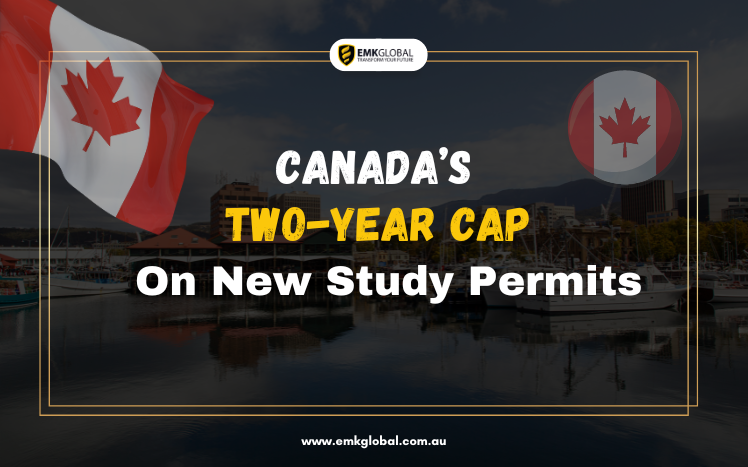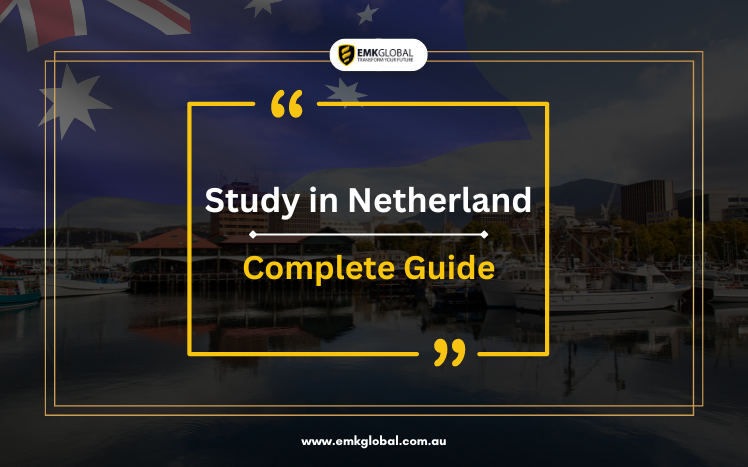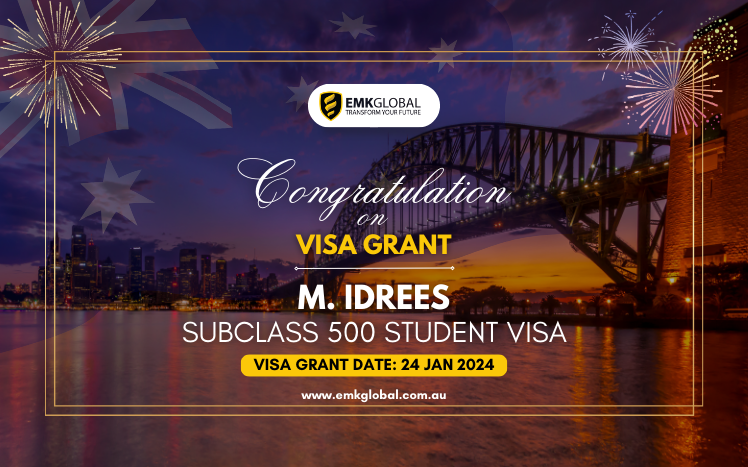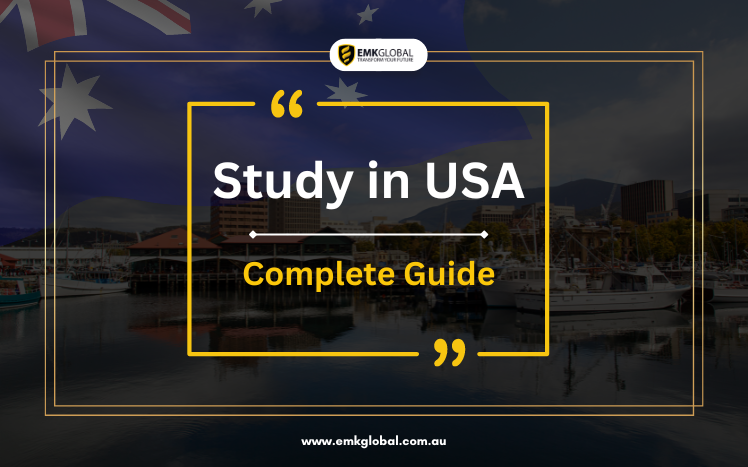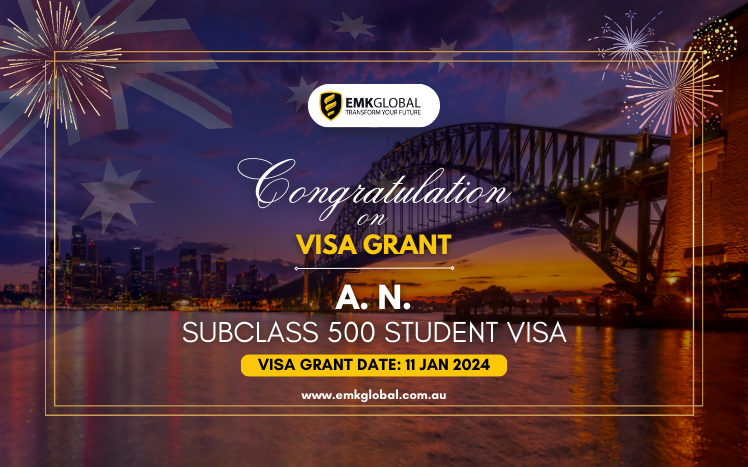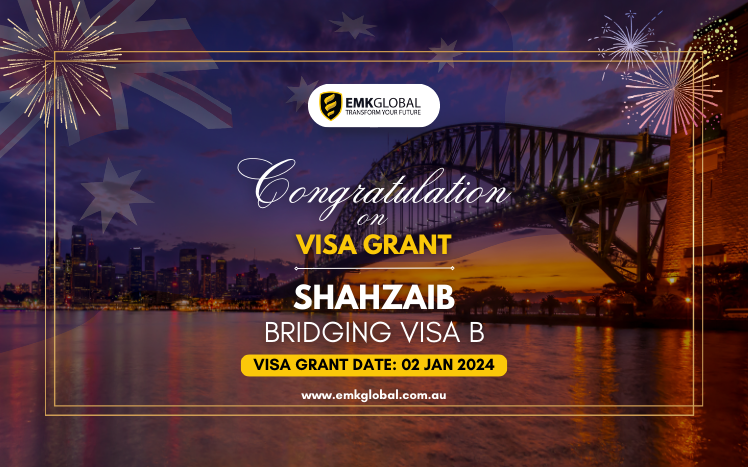Introduction
Greetings and welcome to our all-inclusive guide to studying in Singapore, one of the trendiest and most vibrant cities for foreign students. Singapore is a popular destination for students from all over the world because of its multicultural environment and outstanding academic reputation, which have received international recognition in recent years. All of the information and tools you’ll need to organize your trip to study in Singapore are included in this handbook. We’ll cover everything, from prestigious colleges and courses to the price of schooling and employment prospects. So come along as we explore the amazing opportunities that await you as a student in Singapore, whether you’re an undergraduate or graduate student.
Qualifications for a Visa
Students must have a Student’s Pass in order to study in Singapore. In addition to a student pass, certain students will require a visa in order to visit the nation. The university will apply for your student visa after you are admitted to your preferred school.
However, one to two months before the start of your study, you must apply for a Student Pass to the Immigration & Checkpoints Authority (ICA) using the Student’s Pass Online Application & Registration System (SOLAR). After being accepted, you would log into SOLAR using the credentials your university sent you, and submit:
- Details of an eForm 16 passport
- The address of your university
- Your electronic mail address
- Passport size Photo
It would be necessary for you to go to the ICA after you arrive in Singapore in order to pick up your Student Pass, which costs $60.
Documents Required for the Visa
The last stage in your journey to study in Singapore is obtaining a visa. The procedure is methodical for overseas students, and the Singaporean consulate makes sure that true students have an easy transfer.
- Valid Passport
- Visa Application Form
- Proof of Acceptance
- Financial Proof
- Medical Certificate
- Police Clearance Certificate
- Passport-Sized Photos
- Payment of Visa Fee
- Health Insurance
- Return Flight Confirmation
Best Courses to study for International Students
Every passion and professional path is covered by the courses offered in Singapore. But because of their extensive curricula, top-notch instructors, and bright futures, some courses are especially well-liked by international students. Among these are:
- Business Management & Finance
- Information Technology & Cybersecurity
- Hospitality & Tourism Management
- Biomedical Sciences
- Engineering
- Fine Arts & Design
Institutes
Situated in the center of Asia, Singapore is home to prestigious colleges that combine Western methods and Eastern knowledge. Because of the combination of theory and practical application in their courses, graduates are in great demand. These are institutes that provide high Quality education.
- AMITY
- Nanyang Institute of Management
- Beacon
- Curtin
- Kaplan Singapore
- James Cook University
Intakes to study in Singapore
| Intakes | Major Courses Beginnings | Application Period |
| January | Engineering, Business, IT | May – November (Previous Year) |
| August | Arts, Medicine, Science | November (Previous Year) – April |
Cost of studying in Singapore for International Students
Singapore is renowned for its excellent level of life in addition to its top-notch educational system. However, the tuition is reasonable in comparison to peers in the West, such as the United States or the United Kingdom.
| Level of study | Cost (Per Year) in SGD Approximately |
| Diploma | SGD (12,000-18,000) |
| Bachelor’s | SGD (25,000-40,000) |
| Master’s | SGD (30,000-50,000) |
| Ph.D | SGD (35,000-45,000) |
Work Opportunities After Study
Singapore is a prime example of modernity and progress. Having finished your education in “Lion City” provides an amazing platform for entering the workforce. The city-state’s varied industries, advantageous location, and strong economy guarantee that international students will have several career options after completing their studies.
Opportunities are plentiful and diverse, ranging from science to IT to banking to tourism. International students find the city even more appealing due to its well-organized work visa laws, which facilitate their transition from study to work. It is also financially lucrative due to the competitive pay and low tax rates. Overall, Singapore offers post-study employment options that are satisfying and gratifying.
Conclusion:
Singapore is a shining example in the rapidly expanding field of international education. Over the years, Singapore’s distinctive East-meets-West culture, prestigious universities, and dynamic economic environment have made it a byword for educational achievement. This city-state is more than simply a refuge for scholars; it’s a place where worldwide students gather to realize their aspirations and where the present meets the future. Traveling to study in Singapore is like traveling into a world where history and modernity collide, providing a genuinely unforgettable educational experience.


